Types of Astronomical Objects
- Stars: These are massive, luminous spheres of plasma held together by gravity. They are the fundamental building blocks of galaxies and are responsible for the creation of heavy elements through nuclear fusion.
- Planets: These are large, spherical objects that orbit around a star. In our solar system, we have eight planets, including Earth, Mars, Jupiter, and Saturn.
- Moons: Moons, also known as natural satellites, are celestial bodies that orbit planets. They come in various shapes and sizes and can have diverse surface features.
- Asteroids: These are small, rocky objects that orbit the Sun. They are remnants from the early formation of the solar system and can vary widely in size.
- Comets: Comets are icy bodies that orbit the Sun and often have highly elliptical orbits. When they approach the Sun, they develop a visible coma and sometimes a tail due to the sublimation of the ice.
- Nebulae: Nebulae are vast clouds of dust and gas in space. They can be the birthplaces of stars and planets, as well as the sites of stellar explosions.
Properties and Characteristics
- Size: Astronomical objects can vary greatly in size, from tiny asteroids to supermassive black holes.
- Composition: Different objects have different compositions, such as rocky planets, gas giants, and icy comets.
- Motion: Many astronomical objects are in constant motion, whether they are orbiting a star, rotating on their axis, or moving through space.
- Interaction: Astronomical objects can interact with each other through gravity, collisions, and other forces, leading to complex and dynamic systems.
Observation and Study
- Telescopes: Astronomers use telescopes to observe and study astronomical objects. These can be ground-based or space-based instruments, each with their own advantages.
- Space Missions: Robotic probes and spacecraft are sent to study astronomical objects up close, providing detailed data and imagery.
- Data Analysis: Scientists analyze data from telescopes, spacecraft, and other sources to understand the properties, behavior, and evolution of astronomical objects.
[Astronomical Object] Related Worksheets and Study Guides:
.◂Science Worksheets and Study Guides Kindergarten. Our Earth
Coloring Worksheet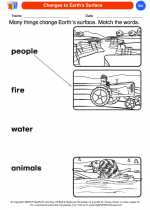 Changes to Earth's Surface
Changes to Earth's Surface  Coloring Worksheet
Coloring Worksheet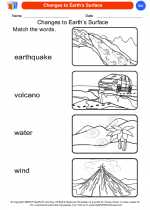 Changes to Earth's Surface
Changes to Earth's Surface  Coloring Worksheet
Coloring Worksheet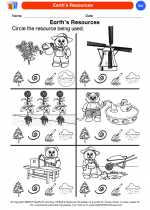 Earth's Resources
Earth's Resources  Coloring Worksheet
Coloring Worksheet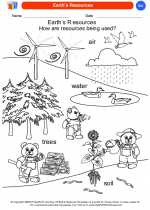 Earth's Resources
Earth's Resources  Coloring Worksheet
Coloring Worksheet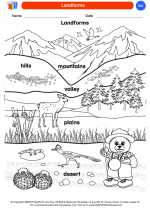 Landforms
Landforms  Coloring Worksheet
Coloring Worksheet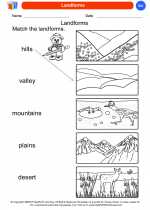 Landforms
Landforms  Coloring Worksheet
Coloring Worksheet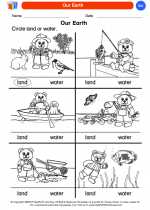 Our Earth
Our Earth  Coloring Worksheet
Coloring Worksheet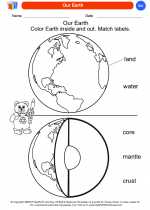 Our Earth
Our Earth  Coloring Worksheet
Coloring Worksheet Reduce-Reuse-Recycle
Reduce-Reuse-Recycle  Coloring Worksheet
Coloring Worksheet Reduce-Reuse-Recycle
Reduce-Reuse-Recycle  Coloring Worksheet
Coloring Worksheet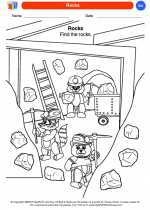 Rocks
Rocks  Coloring Worksheet
Coloring Worksheet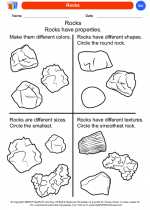 Rocks
Rocks  Coloring Worksheet
Coloring Worksheet Soil Beneath Our Feet
Soil Beneath Our Feet  Coloring Worksheet
Coloring Worksheet Soil Beneath Our Feet
Soil Beneath Our Feet  Coloring Worksheet
Coloring Worksheet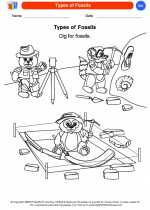 Types of Fossils
Types of Fossils  Coloring Worksheet
Coloring Worksheet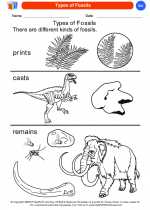 Types of Fossils
Types of Fossils  Coloring Worksheet
Coloring Worksheet Uses of Rocks & Minerals
Uses of Rocks & Minerals  Coloring Worksheet
Coloring Worksheet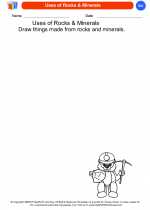 Uses of Rocks & Minerals
Uses of Rocks & Minerals  Coloring Worksheet
Coloring Worksheet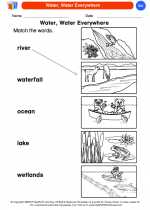 Water, Water Everywhere
Water, Water Everywhere  Coloring Worksheet
Coloring Worksheet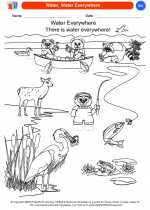 Water, Water Everywhere
Water, Water Everywhere 

 Coloring Worksheet
Coloring Worksheet
 Coloring Worksheet
Coloring Worksheet
 Coloring Worksheet
Coloring Worksheet
 Coloring Worksheet
Coloring Worksheet
 Coloring Worksheet
Coloring Worksheet
 Coloring Worksheet
Coloring Worksheet
 Coloring Worksheet
Coloring Worksheet
 Coloring Worksheet
Coloring Worksheet
 Coloring Worksheet
Coloring Worksheet
 Coloring Worksheet
Coloring Worksheet
 Coloring Worksheet
Coloring Worksheet
 Coloring Worksheet
Coloring Worksheet
 Coloring Worksheet
Coloring Worksheet
 Coloring Worksheet
Coloring Worksheet
 Coloring Worksheet
Coloring Worksheet
 Coloring Worksheet
Coloring Worksheet
 Coloring Worksheet
Coloring Worksheet
 Coloring Worksheet
Coloring Worksheet
 Coloring Worksheet
Coloring Worksheet

The resources above cover the following skills:
EARTH AND SPACE SCIENCE (NGSS)
Earth and Human Activity
Students who demonstrate understanding can:
Communicate solutions that will reduce the impact of humans on the land, water, air, and/or other living things in the local environment.